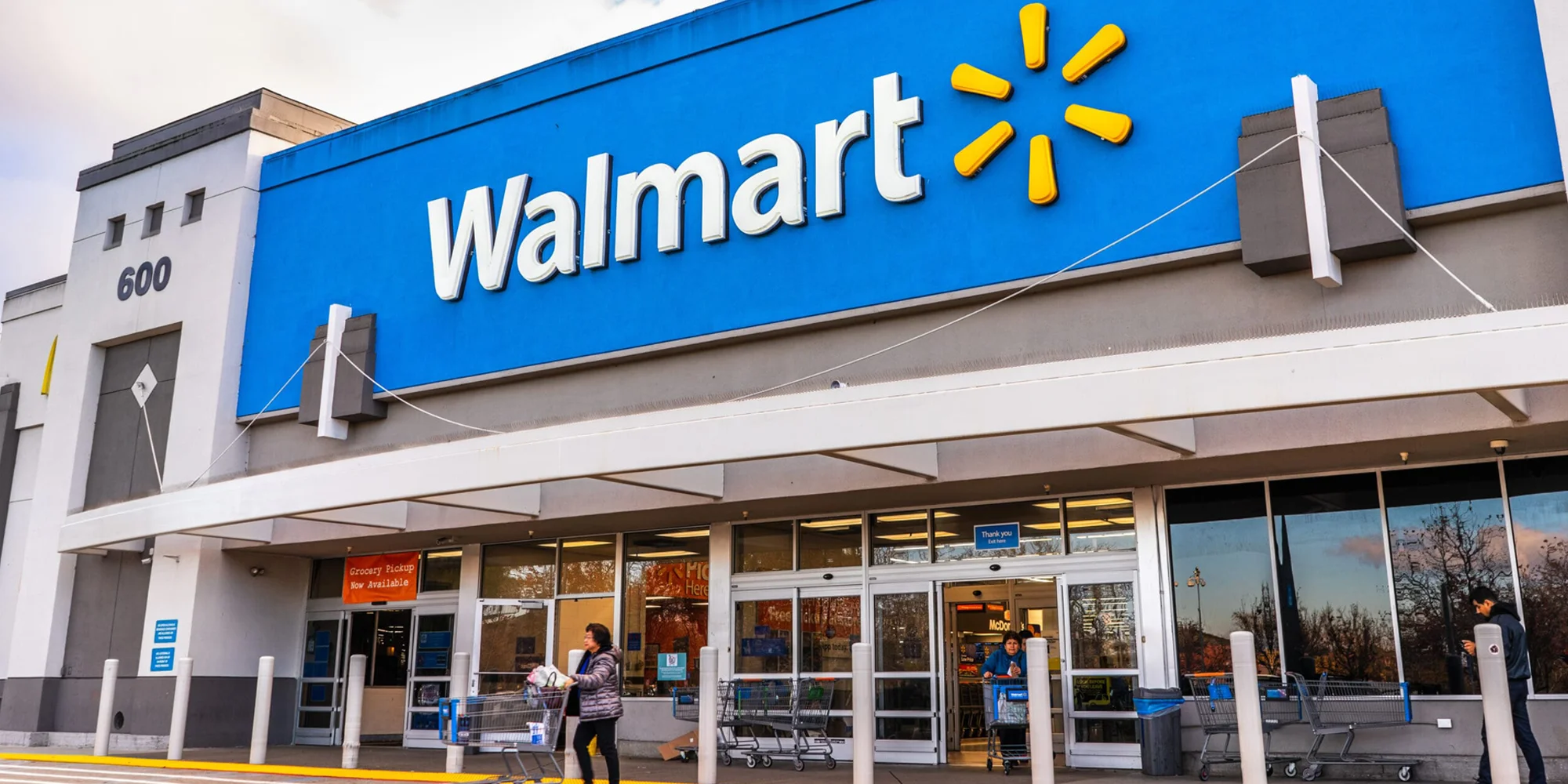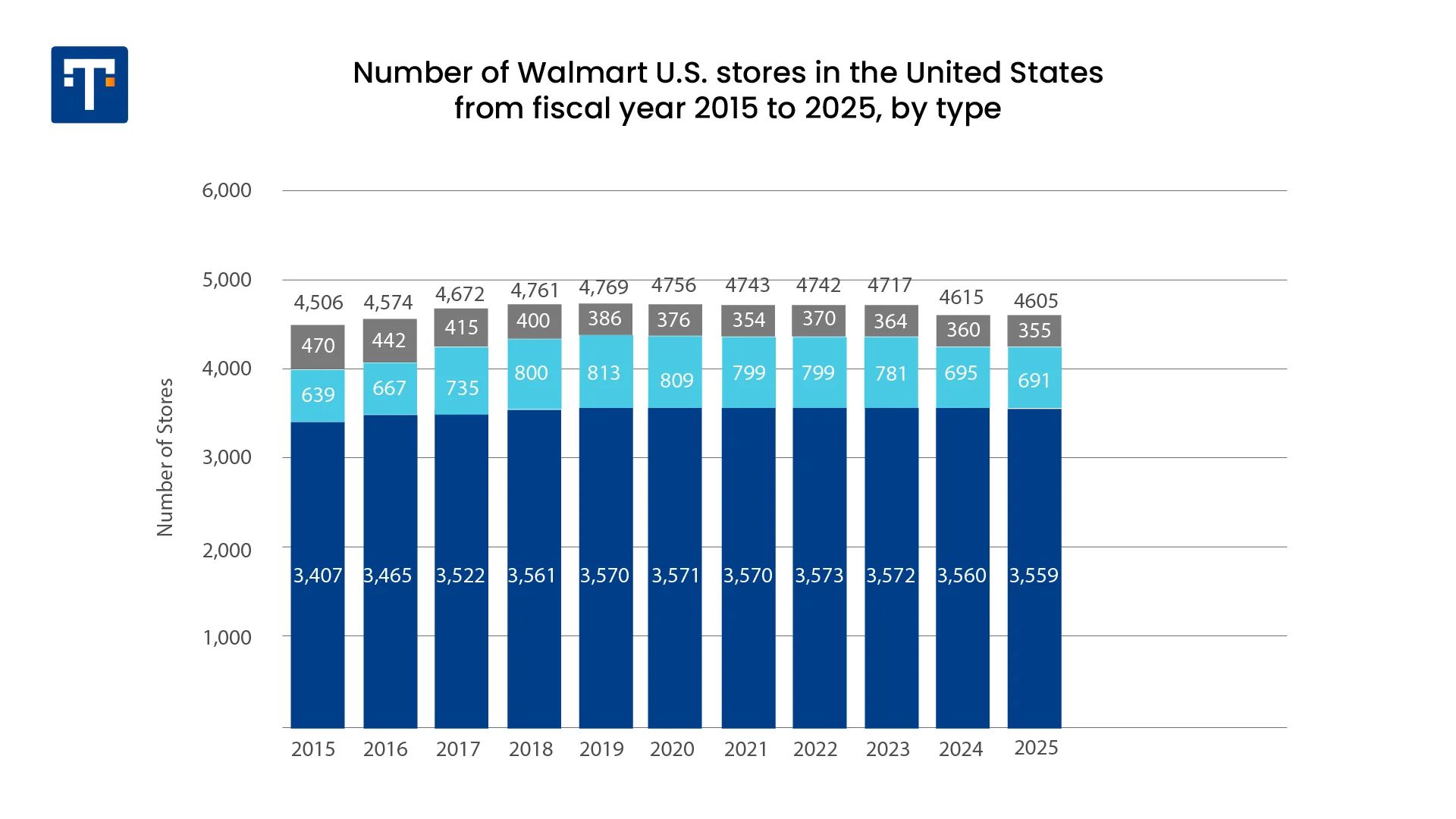Necessary Always Active
Necessary cookies are required to enable the basic features of this site, such as providing secure log-in or adjusting your consent preferences. These cookies do not store any personally identifiable data.
|
||||||
|
||||||
|
||||||
|

Walmart is building one of the most powerful and tech-forward marketplaces in retail today. Over the past few years, Walmart has evolved from being a traditional retail giant into a serious contender in the digital commerce landscape. What once looked like a slow-growing retail store now looks like a data-driven, tech-forward ecosystem designed to compete at scale. While Amazon may have had the first-mover advantage, Walmart has taken its time, refining the tools, infrastructure, and partnerships needed to build something long-term.
At the center of Walmart’s evolution is a deep investment in marketplace technology: smarter seller integrations, a more agile fulfillment network, strict data governance protocols, and a fast-maturing advertising platform. Each of these plays a critical role in enabling Walmart to scale responsibly while delivering a differentiated experience for sellers and consumers alike.
This blog breaks down the key components of Walmart’s marketplace strategy with a close look at how sellers integrate, how fulfillment compares to Amazon’s model, and how Walmart handles risk and monetizes traffic at scale.
Walmart’s seller onboarding used to be clunky, invite-only, and underwhelming. But today, it has become a robust, tech-enabled gateway for small and medium enterprise merchants. The process has been streamlined through APIs, self-service tools, and integrations with platforms like Shopify, BigCommerce, and ChannelAdvisor.
Once approved, sellers can access the Walmart Seller Center dashboard, which connects directly to Walmart’s inventory and listing systems. Here’s where the tech stack starts to show its muscle:
Walmart’s approach isn’t to create a gated ecosystem but rather a controlled one. This is a major contrast to Amazon, where the speed of seller onboarding sometimes leads to lower-quality listings. Walmart prioritizes fewer, higher-quality sellers, and that requires a more curated and tech-assisted integration process.
The onboarding API alone gives developers flexibility to scale onboarding with custom workflows, validate data quality in real time, and feed product info directly into Walmart’s listing engine.
Walmart has also developed seller education resources, webinars, and onboarding specialists to further reduce friction. These are not just helpful; rather, they reflect Walmart’s commitment to long-term seller success, not short-term volume. Marketplace sellers can also connect to Walmart’s partner network for logistics, tax compliance, and product content enrichment.
Additionally, Walmart is increasingly allowing brands to use enhanced content on listings like videos, comparison charts, and rich product media, similar to Amazon’s A+ content. These tools are tightly integrated with the backend CMS, improving SEO and customer trust.
If Walmart wants to scale its marketplace, fulfillment has to keep up. Enter Walmart Fulfillment Services (WFS), a direct answer to Amazon’s FBA (Fulfillment by Amazon).
At a glance, both services offer:
But under the hood, the models diverge in important ways:

From a tech perspective, WFS is built for sellers who want more predictability, especially those with strong operations and compliance. Amazon’s FBA, while larger and faster in some regions, can overwhelm newer sellers with complexity.
WFS also benefits from Walmart’s deep integration with shipping partners like FedEx and UPS, plus its recent investment in drone delivery and autonomous vehicles for last-mile experimentation. Walmart is also expanding its micro-fulfillment centers (MFCs) in urban areas to cut delivery windows from days to hours.
Walmart’s fulfillment algorithm now includes regional SKU placement, which dynamically reallocates inventory across facilities based on anticipated demand. Combined with AI-driven forecasting, this has significantly improved in-stock rates without ballooning storage costs.
Unlike FBA, Walmart allows more visibility into customer reviews, delivery speed, and customer satisfaction affects placement and buy box eligibility. For brands managing multi-channel fulfillment, this added transparency makes WFS more appealing.
With scale comes risk. And with tens of thousands of third-party sellers, Walmart needs more than policy documents to enforce trust.
Walmart employs a layered approach to data governance and fraud detection:
On the customer side, Walmart uses behavioral biometrics and real-time device fingerprinting to detect fraud rings. For example, if one customer account is placing 100 high-value orders from multiple geographies, the system escalates it for human review.
This risk control infrastructure is vital to maintaining trust in the platform. Unlike Amazon, which still grapples with gray-market listings and counterfeit sellers, Walmart positions its marketplace as clean, vetted, and curated. That message appeals to both brands and cautious buyers.
For B2B sellers or suppliers, Walmart’s governance controls also make it a more secure channel. Brands can retain more control over their listings, pricing, and brand presentation without the chaos of unauthorized resellers.
Walmart also invests in training and internal audits to ensure compliance teams keep up with evolving fraud tactics. Sellers are encouraged to implement two-factor authentication, strict access controls, and regular security reviews of their tech stack.
With an audience of over 120 million monthly visitors to Walmart.com and the Walmart app, the company has quietly built a media powerhouse: Walmart Connect.
Walmart Connect is its closed-loop retail media platform. It lets brands and sellers advertise on Walmart-owned channels and off-site inventory (like connected TV and programmatic networks) using Walmart’s first-party data.
Here’s what powers it under the hood:
Walmart Connect isn’t trying to replicate Amazon Ads or Google Ads; it’s building a walled garden for CPG brands and D2C sellers who want performance and precision. The combination of offline + online sales data gives Walmart Connect a unique edge in closed-loop reporting.
Expect this to expand. Walmart is already testing video ads, livestream shopping, and in-store digital signage powered by the Connect engine. They’re also exploring generative AI for creative optimization, dynamically adjusting ad visuals or copy based on performance trends.
The platform also includes brand lift studies, A/B testing modules, and conversion funnel insights that tie into a seller’s product catalog. As first-party data becomes more critical post-cookie, Walmart’s ownership of both sales and ad exposure gives it unmatched leverage.
Walmart recently introduced “Performance Ads,” which combine bidding algorithms with predicted customer behavior to optimize ad spend at the individual user level. Combined with dynamic product targeting, this feature has already led to significant increases in click-through and conversion rates for enterprise brands.
Walmart’s marketplace expansion is more than a growth story; it’s a signal that the retail tech stack is evolving. The platform Walmart is building isn’t just a place to sell; it’s a layered system with fulfillment, governance, and monetization built in.
For sellers, this means higher predictability, cleaner data, and fewer gray areas than other marketplaces. With strong support systems and better transparency, sellers can focus on products and customer service rather than navigating unclear policies.
For brands and advertisers, Walmart Connect offers a performance-driven alternative to Meta and Amazon. It allows for smart spending, granular measurement, and integration with offline outcomes — a huge differentiator in CPG and retail media.
And for SaaS vendors, logistics partners, and ad tech firms, Walmart’s rise as a tech-enabled retail platform creates room for deep integrations, niche solutions, and long-term partnerships. Whether you’re offering AI-driven inventory tools, tax compliance platforms, or creative automation engines, Walmart’s ecosystem is becoming fertile ground.
The tech behind Walmart’s marketplace isn’t flashy, but it’s solid, scalable, and increasingly hard to ignore. It’s laying the foundation for a new era of hybrid commerce, where physical presence meets digital precision, and sellers, partners, and customers all win.
Sign up to receive our newsletter featuring the latest tech trends, in-depth articles, and exclusive insights. Stay ahead of the curve!